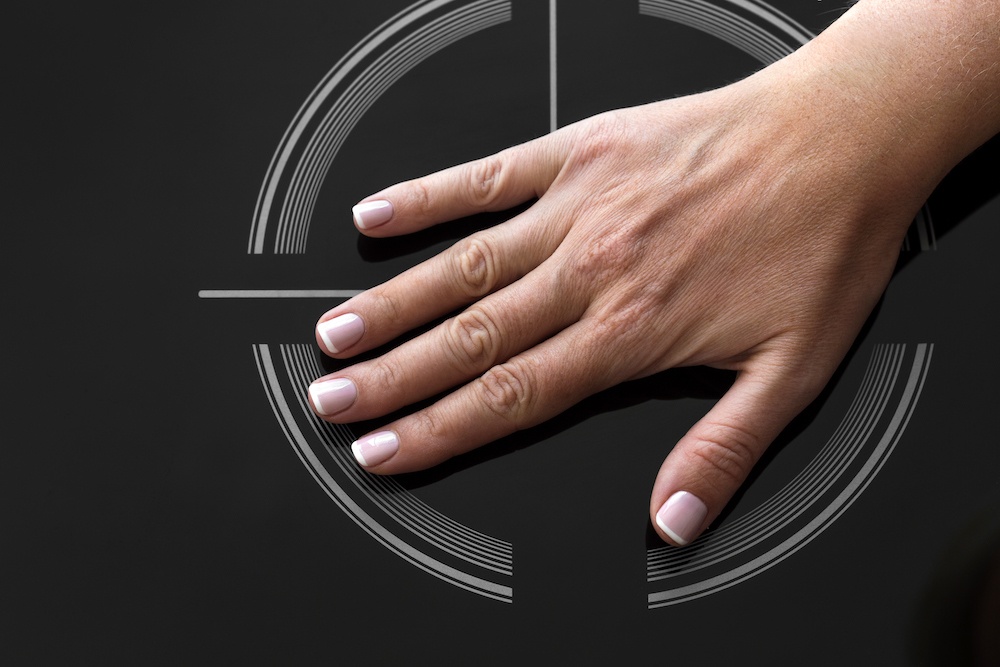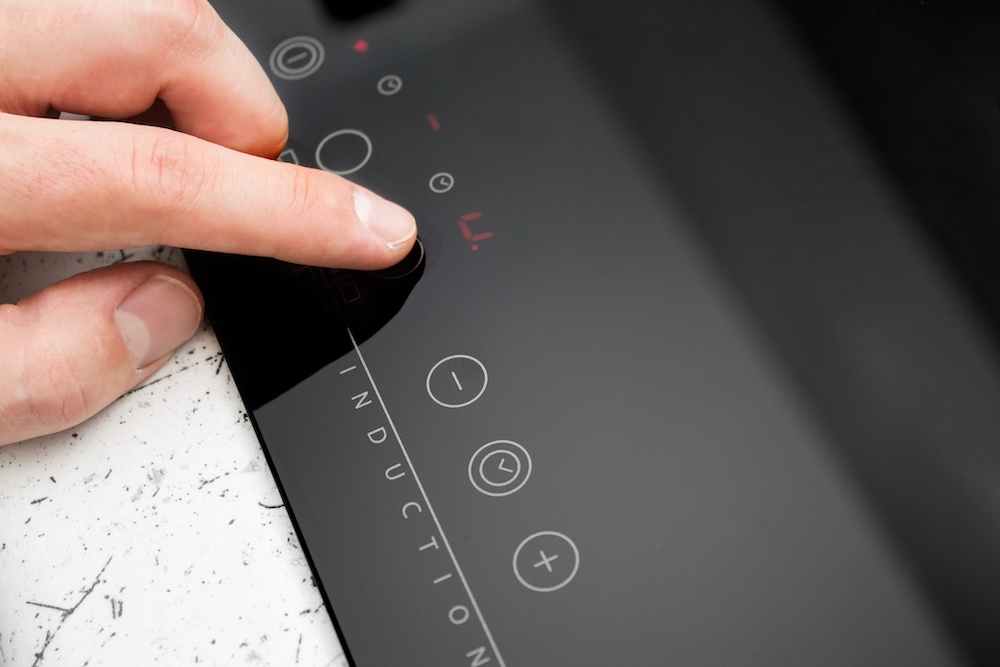Trying to decide between gas, electric, or induction for your new kitchen stove?
Induction stovetops have emerged as the show pony of kitchen design. With sleek finishes and bold claims about cooking efficiency, we thought it was time to weigh up both sides of the induction cooktop argument.
What is an Induction Cooktop?
An induction cooktop will look similar to your standard electric cooktop, but the way it generates heat is quite different.
Instead of heating a ceramic plate to radiate heat, induction stovetops generate an electromagnetic reaction between the burner and the cookware base. Heat will only be generated when the cookware is in contact with the stovetop, activating the electromagnetic reaction.
Basically – induction cuts out the laborious process of heating the stovetop element and then transferring that heat through the pot. Instead, your pot or pan becomes the heating element itself.

Pros of Induction Cooktops
It’s Faster
Induction cooktops are considerably faster at heating than their gas and electric counterparts. In fact, it’s suggested that induction can almost halve your cooking time on the stove.
The added benefit of this is the precise temperature control you receive. A twist of the dial will have the temperature amped up or dropped instantly rather than gradually – no more accidental boil overs!
It’s Safer
Induction is widely regarded as the safest stovetop option. The key difference with induction heating is that it heats only the cookware, not the stovetop.
Once you’ve removed the pot or pan from the surface, it will cool down remarkably faster than an electric stove. Their will be residual heat, given it’s had a hot pot sitting on it, but nothing compared to the gradual heat decrease of an electric stove element.
Most even have an inbuilt safety feature than turns off element when no cookware is resting on it.
It Looks Good
With a flat, glass top, there’s no denying the aesthetic appeal of an induction stovetop. Their sleek, discreet design ties in seamlessly with any kitchen style.
They’re also a breeze to clean. With a smooth surface that cools quickly, you can take to it with a cloth almost immediately. And, since the element itself doesn’t get hot, any spills are less likely to burn on.

Cons of Induction Cooktops
More Expensive
Given that induction technology is relatively new, it’ll set you back more than a traditional cooktop. However, these are often considered a better investment in the long run for their considerable performance benefits and energy efficiency.
Requires Specific Cookware
Unfortunately, induction cooktops are only compatible with specific pots. This could see you forking out for any entire new cookware collection if your existing pots aren’t magnetic based.
You could be in luck though – stainless steel cookware, and any cookware containing iron, are all compatible with induction.
If you are sourcing a new cookware collection, look for ‘induction-compatible’ or ‘induction-safe’ pots and pans. Or hold up a magnet to the base and if it sticks, its good to go on your induction cooktop.
Produces a Slight Noise
Although extremely subtle, induction cooktops will produce more noise than electric. A slight hum, or whirr can occasionally be heard as a result of the energy transferring between surfaces.